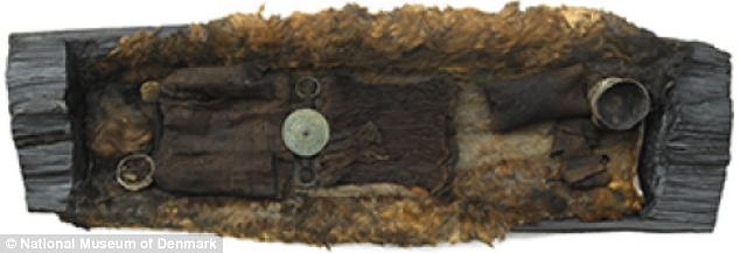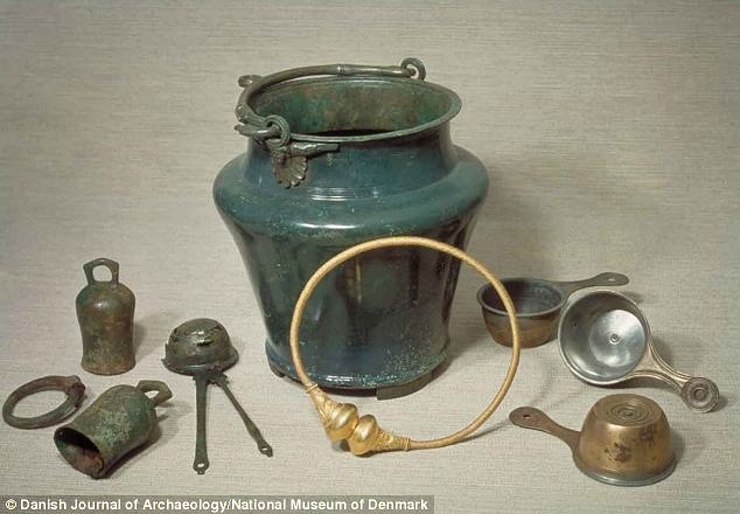Ukrajinec klid...😊Nám tu dokazuješ každý den že jsi volajaky zmatený nejen zkdejakýho článku.. 

18 Apr 2014 1500 years old grog
Categories: Calendar , Nálezy nejenom s detektorem v západní Evropě
Samples of the 1,500-year-old grog were discovered by archaeologists at four sites across Denmark and Sweden. Analysis has shown that the drink contains ingredients such as berries from swamps, honey or resin from trees.
Samples of the drink have been found in the tombs of warriors and priestesses at four sites across Sweden and Denmark. A crackling fire, it seems, wasn't the only thing that kept Bronze and Iron Age Scandinavians warm on cold winter nights.
From northwestern Denmark between 1500 and 1300 B.C., to the Swedish island of Gotland in the first century A.D., Nordic people drank alcoholic "grog." Chemical traces of the drink's ingredients have been found buried in tombs literally alongside warriors and priestesses.
By analysing the chemicals found in the ancient jars, scientists discovered that the drink was a hybrid of local ingredients. These included honey, marsh cranberry, cranberry, marsh myrtle, yarrow, juniper, birch resin and cereals including wheat, grapes, barley and rye.
Research demonstrates the existence of an early, widespread and long-lasting tradition of Nordic grog - a tradition with distinctive flavours and possibly medicinal purposes.
Moreover, archaeologists have recovered the first documented evidence of grape imports from southern or central Europe as early as 1100 BC, demonstrating both the social and cultural prestige of wine.
"Far from being the barbarians so vividly described by the ancient Greeks and Romans, the new findings show them people with an innovative talent for using available natural products," said scientist Patrick McGovern.
"They were also not averse to importing and drinking a favorite Southern beverage - grape wine, albeit sometimes mixed with local ingredients," McGovern added.
To gain as much insight as possible, the University of Pennsylvania researchers sampled four sites within a 160-kilometer radius of southern Sweden and including Denmark.
The oldest sample dates from 1500 to 1300 BC. came from Nandrup in northwest Denmark, where a warrior prince was buried in an oak coffin with a massive bronzem sword, a battle axe and a ceramic vessel, the interior of which was covered with dark residue that had been sampled. It was a brownish residue that filled a bronze sieve. The oldest yet found in the area.
Sources: www.dailymail.co.uk


The article is included in categories:
- Archive of articles > Calendar
- Archive of articles > Archaeology > Finds and rescue research abroad > Nálezy nejenom s detektorem v západní Evropě
Post
Klid Marku, oni rusové a jejich nohsledi na fakta nikdy moc nedali. Fakta jsou pro ně co se jim hodí a jestli je to pravda nebo tak, to moc neřeší 




